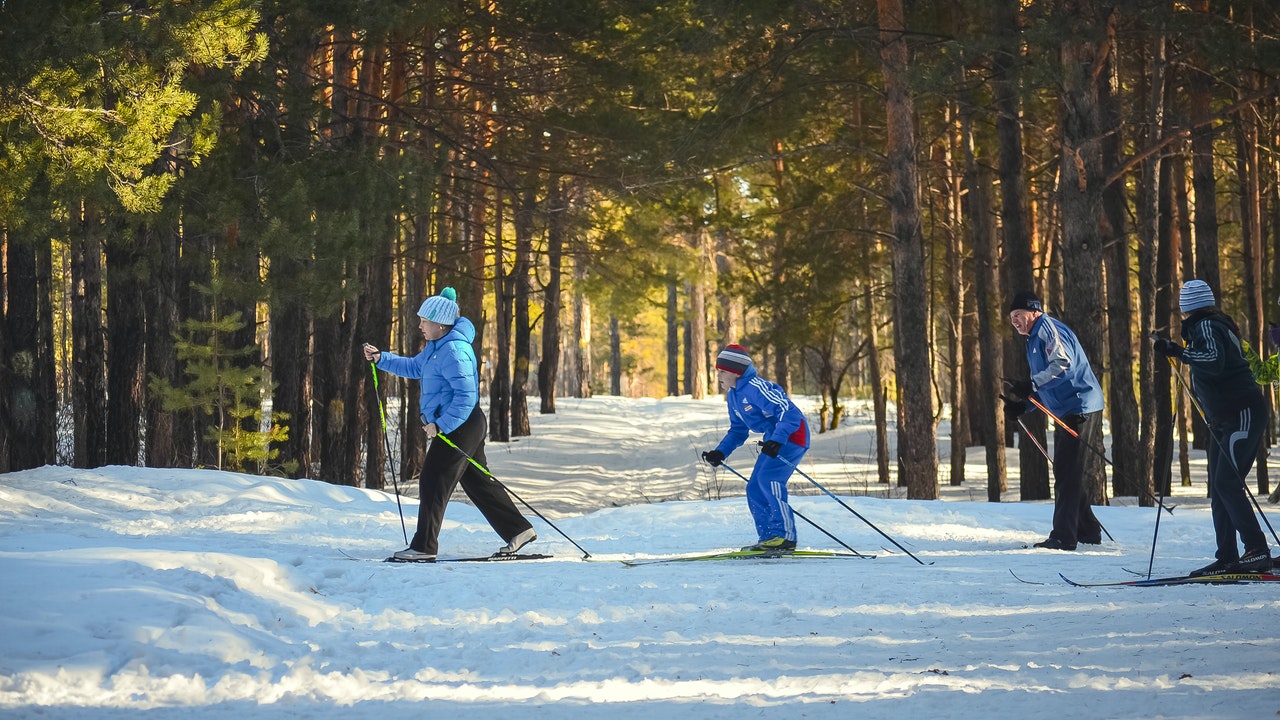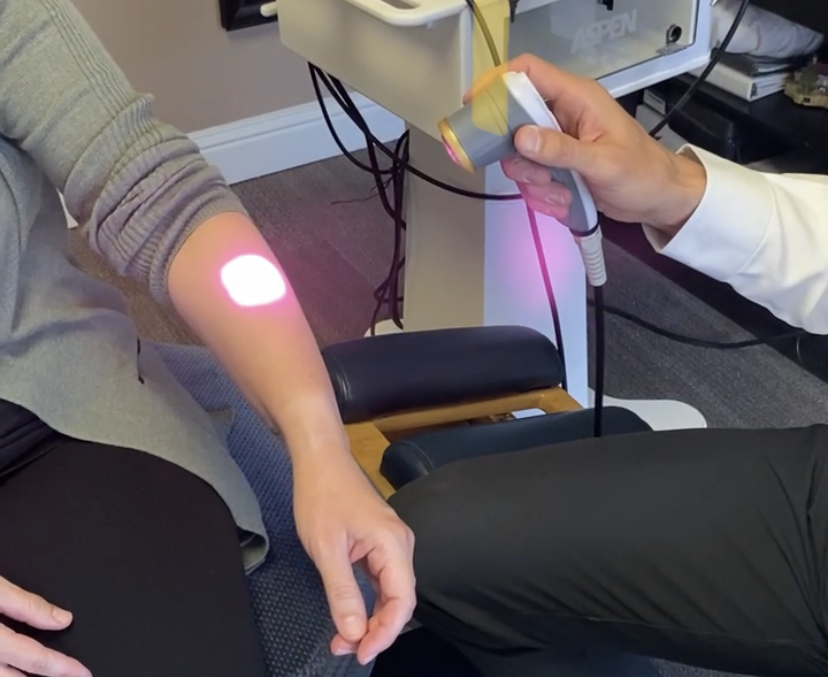What’s the Difference Between Plantar Fasciitis and Heel Spurs?
Plantar fasciitis and heel spurs often get confused for each other. But they are actually quite intertwined. When patients have a heel spur it is often a result of untreated plantar fasciitis. If the plantar fascia tendon is damaged for a long time, the body will eventually create a heel spur to provide additional support for the heel.
But sometimes they are unrelated and can result in similar pain. So, what’s the difference?
- Plantar fasciitis causes pain in the heel as a result of a tight or strained plantar fascia tendon.
- A heel spur is a calcium deposit that causes a bony protrusion on the underside of the heel bone. It can also cause sharp pain in the heel, but this is more rare.
The Relationship Between Plantar Fasciitis and Heel Spurs
Heel spurs can be detected on an x-ray, like the one we have at Northern Nevada Chiropractic. One out of 10 people has heel spurs, but only about 5% of people with heel spurs have foot pain. Because the spur is not the cause of plantar fasciitis, but rather a result, the pain can be treated without removing the spur. In fact, the cause of the pain is most often plantar fasciitis and the bone spur is a result of the body protecting itself.
Plantar Fasciitis is caused by the ligament between your toes and heel becoming swollen, weak, and inflamed. The pain manifests as a sharp stab in the heel (hence the confusion) and is often the most severe in the morning when you get out of bed and take that first step, or after sitting for a long period of time.
Plantar fasciitis can be caused by:
- Overuse or excessive standing and walking
- Wearing the wrong shoes
- Obesity
- Not stretching the foot, ankle and calf after a run or exercise
The good news is that it is a very treatable condition. Most plantar fasciitis sufferers see incredible relief from chiropractic, massage, and therapeutic exercises. There are even boots you can wear at night that will stretch the tendon while you sleep, relieving that burst of pain in the morning with those first few steps. If needed, there are longer term solutions like orthotics that can relieve the pressure and improve your gait and posture. Once the pressure on the tendon is relieved, the foot can begin to heal and most likely, the heel spur will subside.
If you are one of the 5% who have pain directly related to a heel spur and not plantar fasciitis, our doctors can refer you to an orthopedic surgeon or podiatrist who specializes in treatment and surgery, if necessary.
If you are experiencing sharp pains in your heel, make an appointment at Northern Nevada Chiropractic. Our doctors will examine you and diagnose your condition. We can even take x-rays on site at our clinic. We look forward to getting you out of pain and back to the activities you enjoy!





